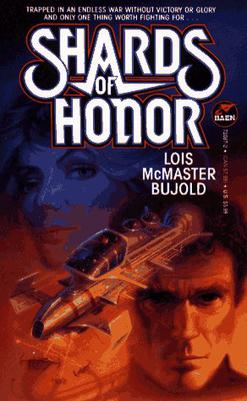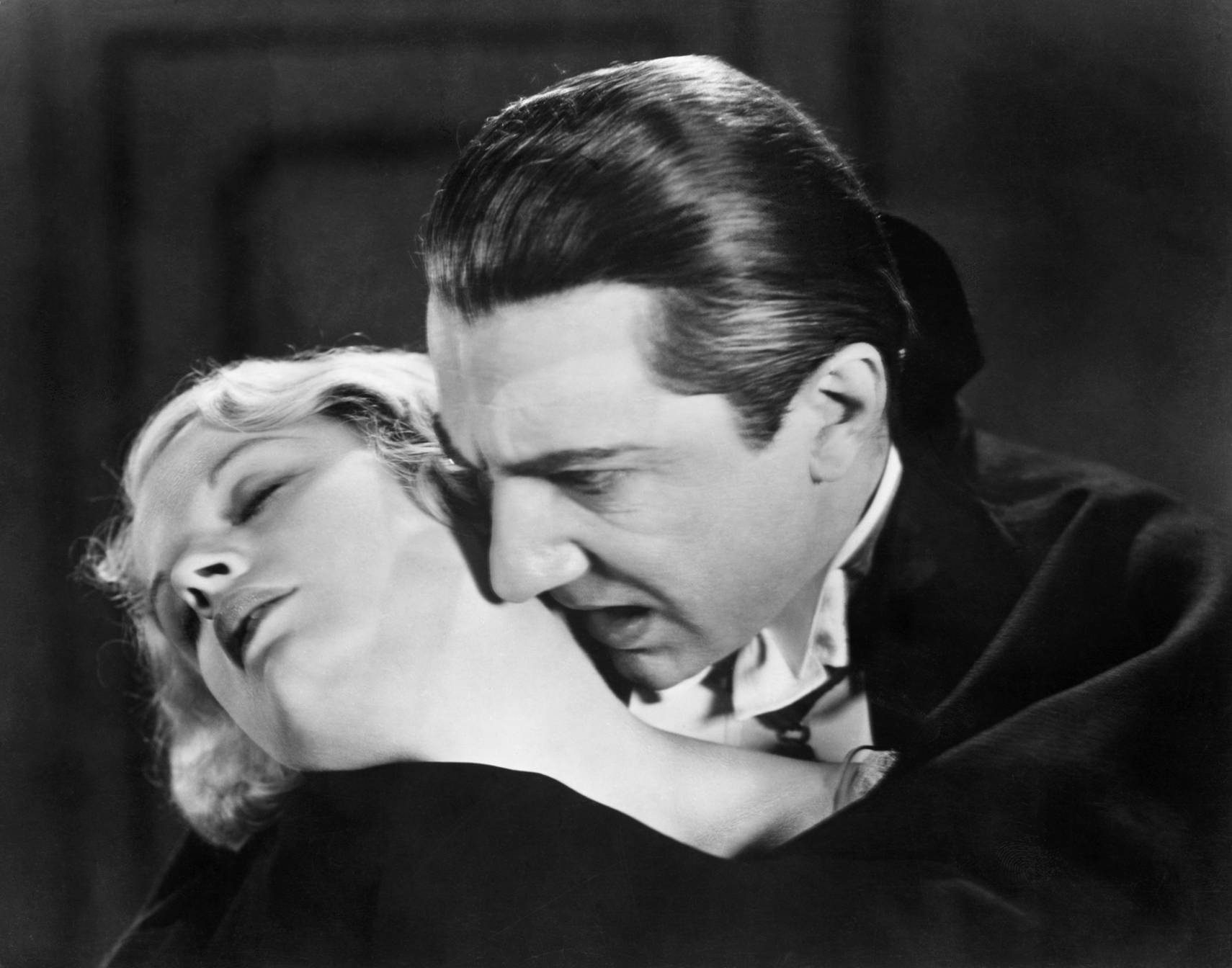When I first started reading Shards
of Honor, the first thing that crossed my mind was oh great romance. But as I
kept reading, the book grew on me. Shards of Honor was a Space Opera that was a
lot like a Soap Opera to me, with out the silly cat fights and memory loss. I’m
not a huge fan of romance novels but I thoroughly enjoyed reading this book. I
think that one of the reasons I like this read was because of the 75% fiction
and the 25% science in it. I’m a sucker
for a good romance, but I have trouble connecting to the setting and
characters. I had no troubles connecting to Cordelia Naismith. She is a strong
female archetype. As I read deeper and I started to picture myself in her
shoes, it became like watching a soap opera to me. I would sigh in frustration
with her, when she would leave Vorkosigan. The respectful relationship that
grew between the two main characters was something I quiet enjoyed. My mother
has always been a strong feministic figure in my life. I was thought to respect
myself, and not fall into the dating trends of modern society. In Shards of
Honor I see that classic respectful development of a relationship. Cordelia and
Vorkosigan’s relationship is something I wish would happen to me. Vorkosigan is
portrayed as a bad guy, but Cordelia is the type of woman that knows never to
judge a book by its cover. Which is ironic, cause that is indeed what I did
when I began reading this book.
Over all the book was a fast easy
read. Details where give at I feel the proper times not wasn’t super
overwhelming. I keep coming back to it but I truly think building of this
romantic relationship is what sold me on this book.


